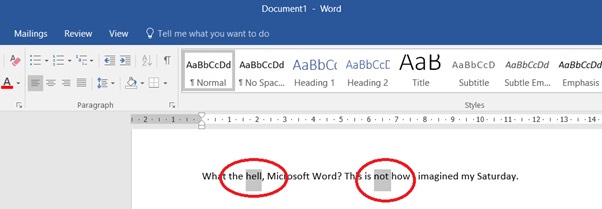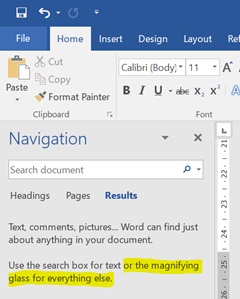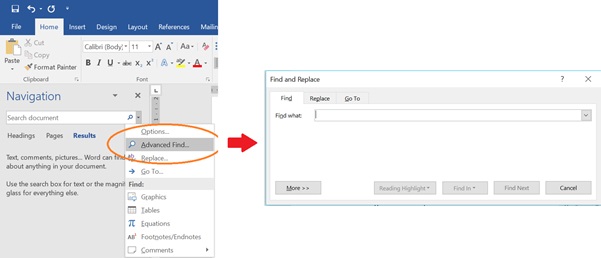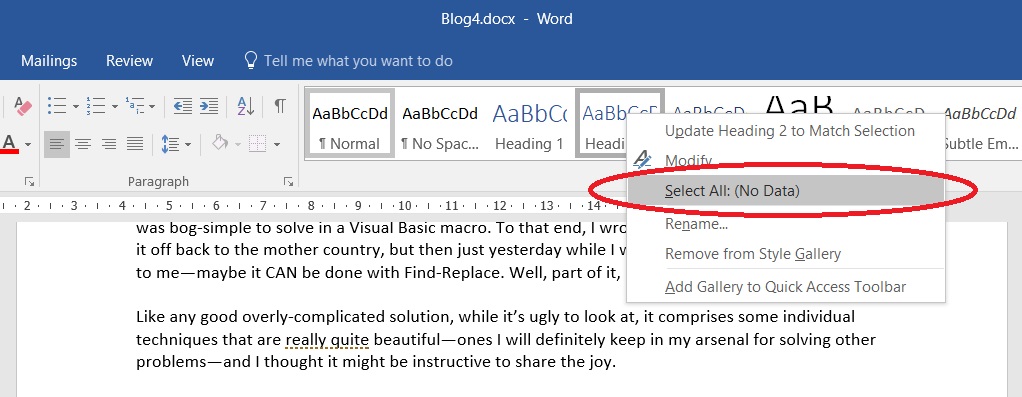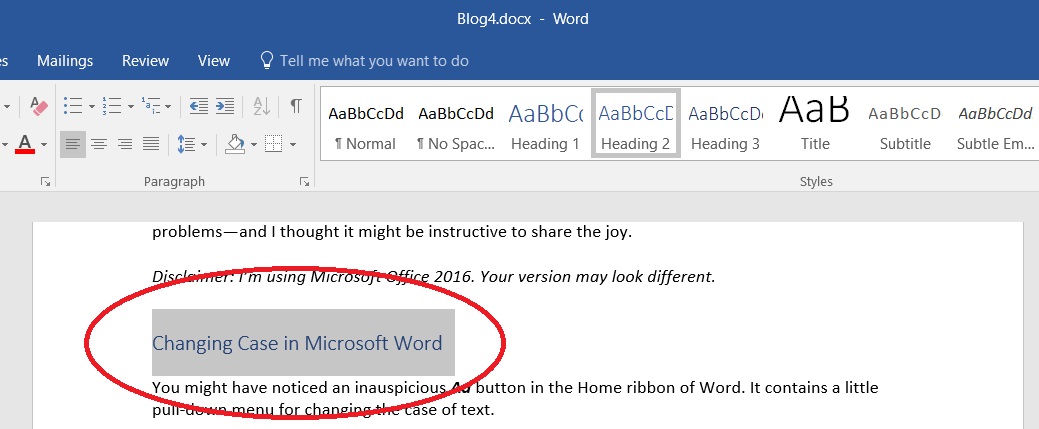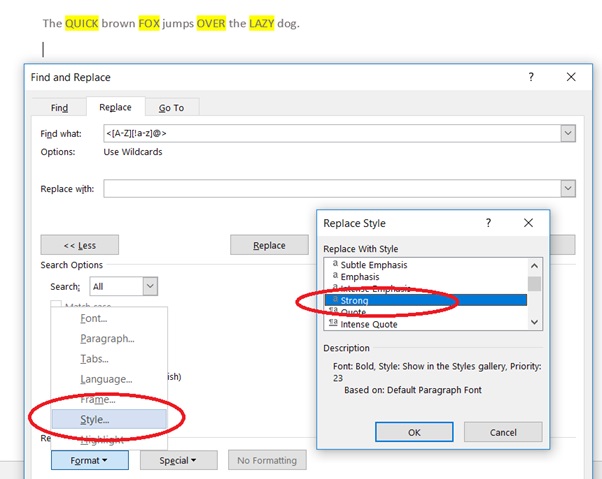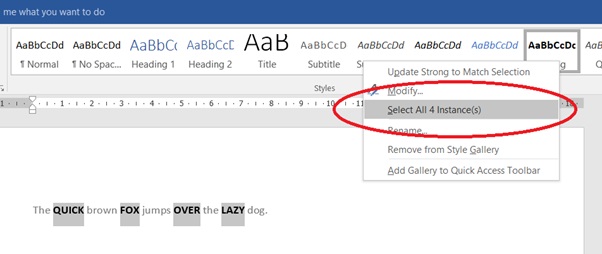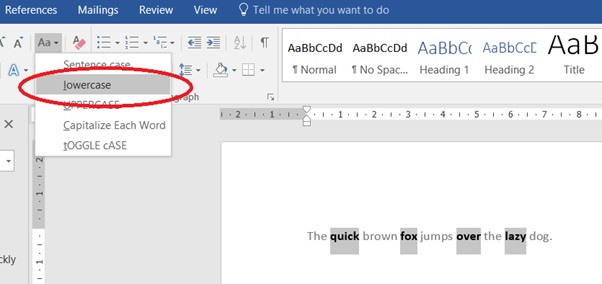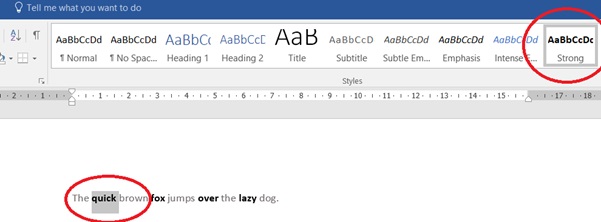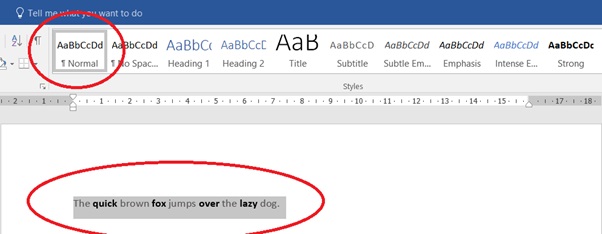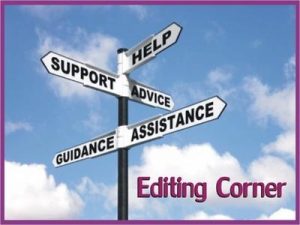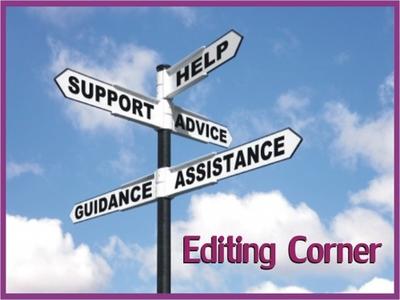 Last time on Raising the Dead, we talked about your self-published stories that have just…ahem, gone to sleep. Tanked. Carked it. Better euphemisms come to mind, but Monty Python used them all in The Parrot Sketch (“’E fucking snuffed it!”) Specifically, we talked about Phase 1 of Reanimating Literary Corpses: Sexing up your Title and Keywords (also colloquially known as Hung Alien Jocks Drill Astro-Cheerleaders, though perhaps only to me).
Last time on Raising the Dead, we talked about your self-published stories that have just…ahem, gone to sleep. Tanked. Carked it. Better euphemisms come to mind, but Monty Python used them all in The Parrot Sketch (“’E fucking snuffed it!”) Specifically, we talked about Phase 1 of Reanimating Literary Corpses: Sexing up your Title and Keywords (also colloquially known as Hung Alien Jocks Drill Astro-Cheerleaders, though perhaps only to me).
If you’ve already read Phase 1 and applied those learnings to your dead or dying erotica, your title is now so sexy it smoulders, and your keyword game is tighter than an Icelandic nun. Should you expect to instantly start selling more books?
You already knew the answer to that, and it’s “not necessarily”. Making your eBook discoverable is just the first step in the journey. Now that you’re in a reader’s search results, what you need is for them to click.
Erotica that just Clicks
How do you choose fruit at the grocer? Do you look first at the sticker to see what variety of apple it is (Gala, Pink Lady, Fuji)? Do you look first at the price?
How about clothing? Do you look first at the label to see what fabric it is? Do you first try every outfit on to see which is most comfortable?
These are all important considerations, but they happen after the click. The click means you’re interested. The click means you might buy this product. At the grocer, the click happens when you pick up the apple. At the boutique, it happens when you touch the garment. Your focus switches from the endless variety of products that surround you to the one specific product in your hand.
In the eBook store, this focus shift happens when you click the mouse. People look, they like, then they click. They don’t look at the words though; they look at the pictures. Apples must look delicious. Dresses must look stylish/attractive.
eBook erotica must look sexy.
This is a very roundabout way of stating a simple truth: erotica is sexy. No sexy means no click. No click means no sale. If your smut’s not selling, ask yourself—is your cover sexy enough?
Define Sexy
Not everyone is going to agree with me on this. Not everybody wants a sexy slut or a well-hung hunk posing on their eBook. Some people like thought-provoking covers. Some people like minimalist covers. Some people actively look for the cover that stands out from the pack—the one that takes the road less travelled.
And they’re right. That does happen. It’s just that more people choose a sexy cover. If you don’t believe me, here’s a link to Amazon’s Erotica Top 50. Yes, there are a small number of non-sexy covers. You too might strike it lucky and sell smut without a sexy cover, be my guest, but if you want to play the numbers, stick with sexy.
So, pick a cover with a sexy model. Right?
No.
No. No. No. I can’t stress this enough. A sexy model and a sexy cover are two very different things. The biggest and easiest mistake to make is to choose a cover that is merely relevant, but not sexy. The book is about phone sex, so you pick a beautiful woman—nay, a sexy woman—holding a phone. Hear that sound? It’s your book dying. It doesn’t count that the woman is beautiful. It doesn’t even count that she’s sexy. She needs to be actively sexy. She needs to be doing something sexy. Ideally, she needs to look like she’s mere seconds away from doing something that would be considered pornographic.
Look through stock photos and mark the ones that make you feel aroused (watch out for nudity—you don’t want to be censored). I bet they’re active. I bet something is happening in the photo—or about to happen. It’s not just an image of stuff; it’s a moment from an active scene that has a very happy ending. This is the type of cover photo you want on your eBook.
Yes, your cover needs to be relevant. Don’t put a MILF on a sorority romp short. Don’t put a flat-chested waif on a BBW romance. It’s easy to over-think cover selection though—trying to find a model who looks just like your main character, hunting for elements mentioned in the story—buyers do NOT care. Remember, all you’re looking for is one click.
It’s a very simple test. If you don’t find the photo arousing—and I don’t care how perfectly, cleverly, satisfyingly relevant it is to your title—then walk away.
Actively Sexy. Got it. Anything else?
I’m tempted to say no. If you can nail an actively sexy cover, you’re nine-tenths of the way done with your erotica cover. There are still ways to screw it up with terrible cropping, futzing up the colours, using an awful font or indiscriminable text, but no amount of photoshopping is going to save you if you’ve picked the wrong image.
If you’re buying your cover or hiring a cover artist, you’re just about done. Those guys should have the skill to compose a good cover around the right image, just find and show them some stock photos that you find arousing. They can use them for inspiration. This was how we put together the cover for ERWA’s ménage erotica anthology, Twisted Sheets. We started with an idea—a near naked woman with hands all over her—and collected a bunch of sample photos for our divinely talented cover artist, Willsin Rowe. Willsin didn’t use any of those photos, but what he came up with was better even than we imagined. It was actively sexy.
If you’re doing your own cover, here are a few tips:
- If you don’t have Photoshop, download Gimp. It’s free. It is hard to learn, but very much worth it. If you start with an easier program, you’ll top out on the features early, and then to get to the next level you’ll have to start at ground zero with Gimp or Photoshop.
- Learn about layers and layer masks. They are critical to Gimp success.
- Learn how to adjust brightness and contrast. There are advanced techniques that make the colours in the image pop without yellowing skin tones. Look for tutorials on YouTube.
- Use a drop-shadow to make text more discriminable. Learn how to use gradients behind text if it’s getting lost in the image.
- For square-ish or landscape photos, learn how to blend the edges of the photo into a background.
- Crop the photo tight around the model. Don’t be afraid to chop off body parts, even heads, to get more skin in shot. I think it was Churchill once said, “You don’t look at the mantle when you’re stoking the fire.”
Now go get yourself some Sexy
Title and keywords make you discoverable.
An actively sexy cover makes you clickable.
Are we done with Raising the Dead? Ha! You know we’re not. Now you need to close the sale. But that’s a topic for another blog. For now, go get yourself some sexy and see if your numbers pick up.





